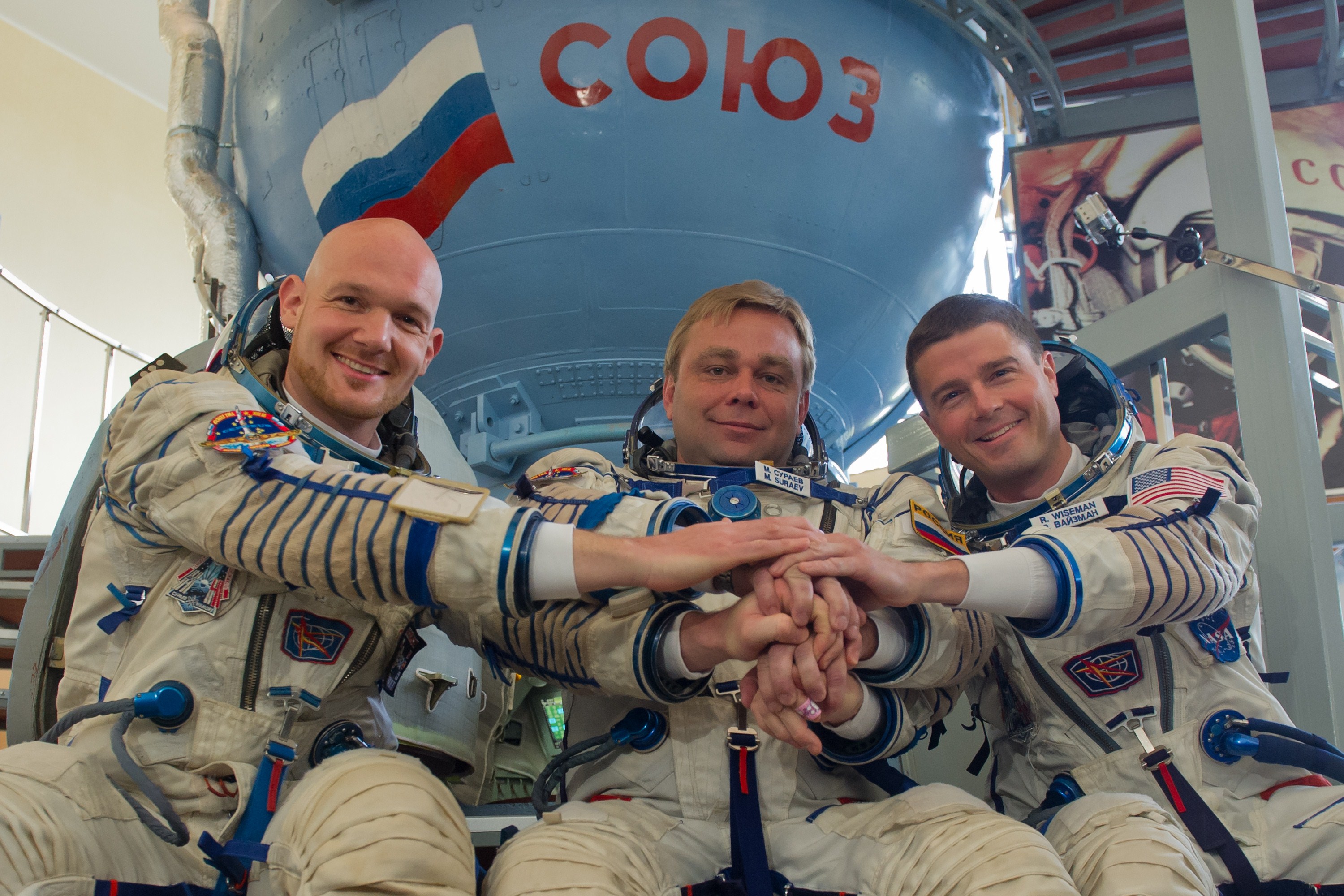
For a country that thumps its chest and talks tough every time its feelings get hurt, there’s been precious little reaction to the reality that the manned spaceflight program in the United States is in serious decline, and the country is becoming a second-rate space power.
The Houston Chronicle this week has kicked off a series — Adrift — that looks at how it happened.
Since the shuttles were grounded a few years ago, the price of a ride from the Russians has increased to $71 million and for every two Americans that fly to the International Space Station now, three Russians fly there.
The United States paid for most of the ISS and delivered most of it to orbit. But it’s mostly on the sidelines just as the ISS is “hitting its stride as a science laboratory.”
The station is also a useful waypoint for exploration beyond low-Earth orbit. Astronauts are working out the kinks in technologies, such as water recycling, essential for long trips from Earth. And by taking careful vital signs physicians are learning how to prepare astronauts for long duration missions in space.
Microgravity does all kinds of mysterious things to the human body. Some are harmful, such as a flattening of the eyeballs. Spaceflight physicians are very concerned about the potential for impaired vision on long-term flights. Space also makes some astronauts as much as 1 or 2 inches taller. During his flight, using a portable machine, (astronaut Rick) Mastracchio underwent ultrasounds of his spine to help doctors understand why this occurs.
“It’s difficult dealing with Russians from a position of weakness, and we’re doing that,” former Johnson Space Center boss Mike Coats tells the Chronicle.
“The cancellation of the space shuttle may be the biggest blunder ever made by the United States,” legendary flight controller Chris Kraft said. “It’s fairly obvious that no one in the government thought through what they were about to bring about when they made that decision.”
Some in Congress are asking whether more money would get the U.S. back in the game. But they’re the same people who starved the program into irrelevancy, the paper notes. And there’s the matter of vision. The U.S. has none.
For decades, stretching from Presidents Nixon to Obama, NASA’s vision has been sending humans to Mars. But like his predecessors, Obama has failed to identify a series of missions NASA would need to fly to get there, establish a timeline for those missions, and provide the funds to do so. NASA presently is building a big rocket, the Space Launch System, to reach Mars. But the rub is that the rocket costs so much NASA has no money to actually fly missions anywhere close to Mars.
If everything goes really well, in about a decade, NASA might be able to send a robotic spacecraft to capture a small rock, tow it back to a location near the moon, and fly some astronauts to visit it. The White House wants this mission. Congress sees no value in such an exercise and has tried to block funding for it.
Compare that to what the U.S. did in 10 years in the 1960s: Developing three generations of spacecraft and visiting the moon.
Last week, the Russians suggested they might abandon the ISS at the end of the decade. The U.S. can’t operate it alone. It was in retaliation for U.S. sanctions against Russia in the wake of its interference in Ukraine. President Obama’s financial sanctions against several of President Putin’s closest allies included the deputy prime minister.
“After analyzing the sanctions against our space industry, I suggest to the USA to bring their astronauts to the International Space Station using a trampoline,” Dmitry Rogozin tweeted.
Today, Rogozin announced that Russia will partner with China for several space exploration projects.
